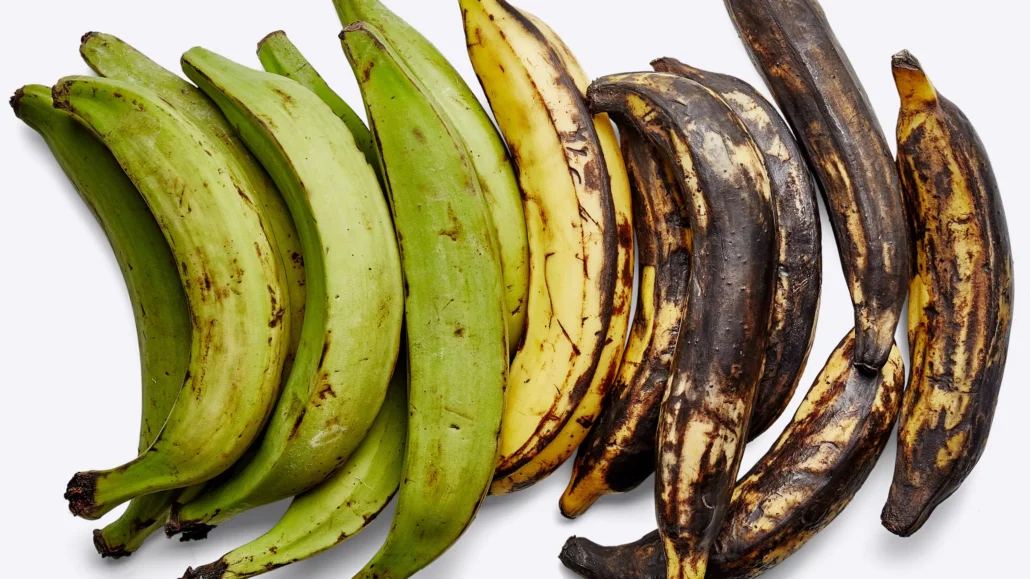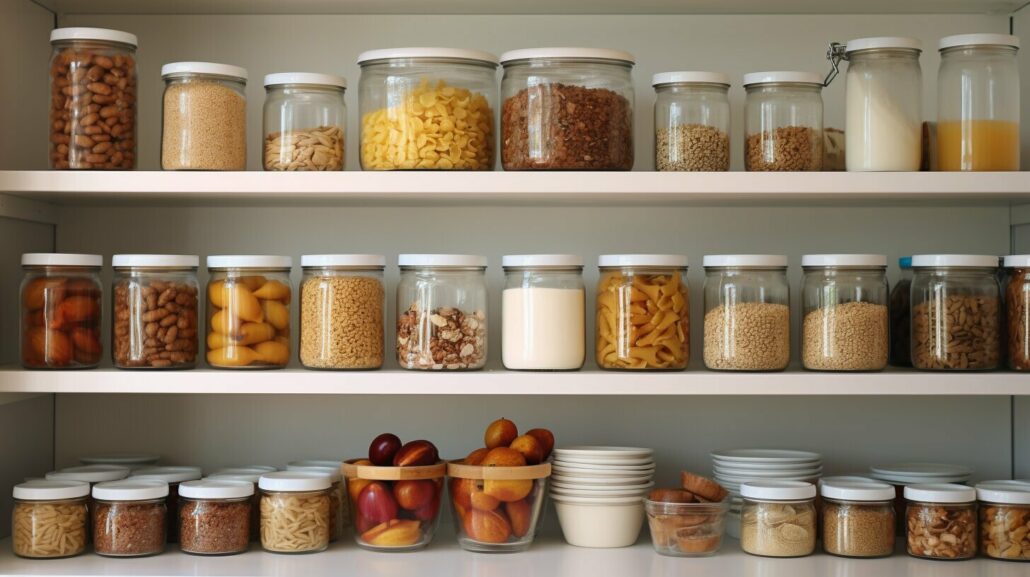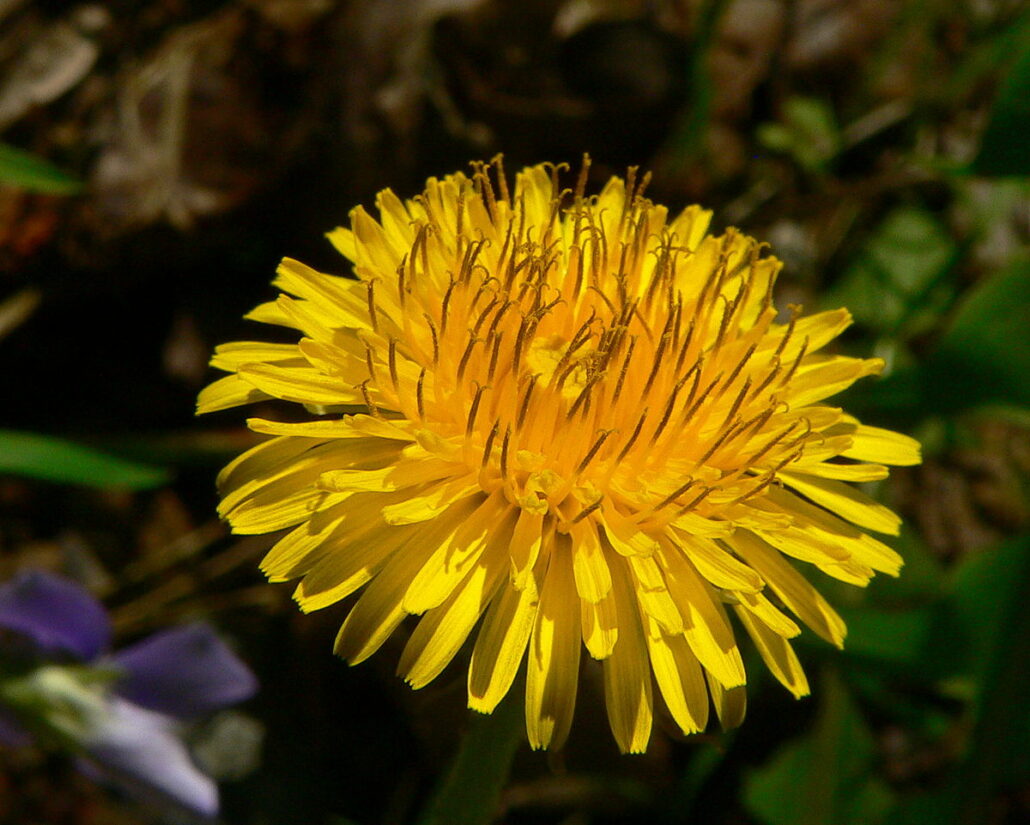Winter is coming, and with it comes the need to winterize your summer cabin. Proper preparation is key to protecting your investment and ensuring the safety of your cabin during the colder months. Failure to properly winterize can result in damage from burst pipes and provide a haven for animals seeking shelter from the cold. In this guide, I will provide you with a comprehensive checklist and step-by-step instructions on how to prepare your summer cabin for winter.
Key Takeaways:
- Winterizing your summer cabin is essential for protecting your investment and ensuring its safety during the colder months.
- Improper winterization can lead to damage from burst pipes and provide a haven for animals.
- Follow our comprehensive guide to properly prepare your summer cabin for winter.
- Winter cabin maintenance is crucial to avoid costly repairs and maintain the value of your property.
- Stay proactive by following our winterization tips for summer cabins.
Steps for Winterizing the Exterior of a Cabin
When it comes to winterizing your cabin, don’t forget about the exterior! Preparing the outside of your cabin for winter is just as important as taking care of the interior. Follow these steps to ensure your cabin is ready to withstand the cold weather:
- Mow and weed whack the exterior to remove tall weeds and plants that can harbor small critters. This will help prevent these animals from seeking shelter inside your cabin during the colder months.
- Clean and store gas-powered tools according to the manufacturer’s instructions. Proper maintenance and storage will prolong their lifespan and ensure they’re ready for use when spring arrives.
- Clean the gutters to prevent damage to the roof and cabin’s interior. Clearing out leaves and debris will allow for proper water drainage and reduce the risk of ice dams.
- Inspect the exterior for any damage and make necessary repairs. This includes checking for loose or missing shingles, cracks in the siding, and gaps around windows and doors.
- Empty flowerpots and birdbaths, and store lawn décor. Freezing temperatures can cause damage to these items, so it’s best to store them in a dry and sheltered location.
- Safely store summer recreation equipment such as boats and gear. Properly cover and protect these items to prevent damage from winter weather conditions.
“Winterizing the exterior of your cabin is essential to protect it from the harsh winter elements and ensure its longevity. By following these steps, you can safeguard your cabin and enjoy a worry-free winter.”
Winterizing the exterior of your cabin is an important part of preparing for the colder months. By taking these steps, you can protect your cabin from potential damage and ensure its longevity. Stay tuned for the next section, where we’ll discuss how to winterize the interior of your cabin.
Steps for Winterizing the Interior of a Cabin
Winterizing the interior of a cabin is an important step in preparing the inside for the cold months ahead. By taking the necessary precautions, you can ensure the safety of your cabin and protect its interior from potential damage caused by winter weather. Here are some essential steps to follow:
- Deep clean the interior: Start by giving your cabin a thorough cleaning. Pay attention to windows, flooring, cabinets, and countertops, as these areas can attract pests during winter. Keeping everything clean will minimize the likelihood of critters making themselves at home.
- Turn off or set HVAC appliances to vacation mode: To conserve energy while you’re away, it’s a good idea to turn off or set your HVAC appliances to vacation mode. This will help reduce unnecessary energy consumption during the winter months.
- Turn off the water main and drain excess water: Before leaving your cabin for an extended period, turn off the water main and flush toilets to drain excess water from the pipes. This will help prevent freezing and potential damage to your plumbing system.
- Protect textiles: Close drapes and cover furniture with protective materials to shield them from dust and moisture. This will help keep your textiles in good condition during the winter months.
- Clean out the kitchen: Remove any perishable items from your cabin’s kitchen to avoid unpleasant odors and potential pests. Also, take the time to clean cabinets to prevent attracting critters looking for food sources.
- Close the damper for fireplaces: If your cabin has a fireplace, make sure to close the damper after use. This will prevent cold air from entering your cabin and help maintain a comfortable temperature.
- Unplug electronics and appliances: To prevent any potential electrical issues and save energy, remember to unplug electronics and appliances before leaving your cabin. This will help lower the risk of electrical hazards and reduce unnecessary power usage.
- Lock windows, doors, and storm doors: Before leaving your cabin, make sure all windows, doors, and storm doors are securely locked. This will help keep your cabin safe and protected from any potential break-ins or damage caused by winter weather.
Taking Care of Cabin Plumbing
Properly caring for your cabin’s plumbing system during winter is crucial to prevent frozen pipes and costly damage. Follow these essential steps to winterize your cabin’s plumbing:
- Cut off the water supply: Locate the main water shut-off valve and turn it off to prevent water from flowing into the pipes, reducing the risk of freezing and bursting.
- Drain the water: Open all faucets, including both hot and cold water taps, to allow any remaining water to drain from the pipes. Additionally, use an air compressor to blow out any excess water, ensuring the lines are cleared.
- Remove water from appliances: Drain any water from pools, dishwashers, washing machines, and refrigerators. This will prevent stagnant water from freezing and causing damage.
- Consider rerouting plumbing pipes: To enhance insulation, consider rerouting plumbing pipes against interior walls. This helps protect against freezing temperatures and potential damage.
By following these steps, you can ensure the integrity of your cabin’s plumbing system throughout the winter months, avoiding costly repairs and ensuring a worry-free experience.
Tools and Materials for Winterizing Cabin Plumbing
| Tools | Materials |
|---|---|
| Adjustable wrench | Drywall cutting tools |
| Pipe cutter | Fiberglass batt insulation |
| Pipe wrench | Rigid foam board insulation |
| Air compressor | Spray foam insulation |
| Teflon tape | Pipe insulation |
Climate Control for Winterized Cabins
When winterizing your cabin, it’s essential to consider climate control to ensure a comfortable environment while conserving energy. By implementing the following tips, you can effectively manage the cabin’s temperature during the colder months.
- Set the thermostat: Before leaving the cabin, set the thermostat to a lower degree above freezing level. This will help to prevent freezing while minimizing energy consumption.
- Utilize smart thermostats: Consider investing in smart thermostats that allow you to efficiently control the cabin’s climate remotely. With programmable features, these devices enable you to adjust the temperature according to your needs.
- Unplug appliances: To save energy and prevent potential fire hazards, unplug non-essential appliances when the cabin is not in use. This simple step can contribute to greater energy efficiency.
- Consider electric space heaters: Electric space heaters can be a cost-effective solution for maintaining a minimum temperature in select areas of the cabin. These heaters provide warmth while conserving energy.
By implementing these climate control strategies, you can ensure a comfortable and energy-efficient cabin environment during the winter months.

“Proper climate control is crucial when winterizing a cabin. By setting the thermostat, utilizing smart technology, and considering energy-efficient heating options, you can create a comfortable and cozy space.” – CabinCaretaker.com
Kitchen Preparation for Winter
As winter approaches, it’s important to take care of your cabin kitchen to ensure its longevity and functionality during the cold months. Proper winterizing will help protect your appliances and prevent any unpleasant surprises when you return to your cabin in the spring. Here are some essential steps to follow for winterizing your cabin kitchen:
- Clean out the refrigerator and freezer: Remove all perishable items from your refrigerator and freezer to avoid unpleasant odors and prevent food spoilage in case of power outages. Thoroughly clean the interior and defrost the freezer if necessary.
- Remove trash and temperature-sensitive items: Discard any trash or items that may react badly to freezing temperatures. This includes items like canned goods, cleaning products, and any other perishable items that could potentially burst or leak if frozen.
- Disconnect and drain the dishwasher and washing machine: Turn off the water supply to your dishwasher and washing machine. Run a cycle with no dishes or laundry to remove any remaining water and prevent freezing and potential damage to these appliances.
- Unplug and drain the cabin refrigerator: Once you have cleaned out the refrigerator, unplug it from the power source. Additionally, drain any excess water from the refrigerator’s drip pan to avoid freezing and potential damage.
By following these steps, you can ensure that your cabin kitchen remains clean, functional, and protected throughout the winter season.
Securing the Winterized Cabin
When winterizing your cabin, it’s crucial to take steps to secure it and protect it from break-ins and theft. Here are some key measures you can implement to ensure the safety of your winterized cabin:
- Close blinds, curtains, and exterior shutters to prevent prying eyes and discourage potential intruders.
- Utilize timers for exterior lights to create the illusion of occupancy, deterring burglars.
- Remove valuables from the cabin and store them in a safe and secure location.
- Consider installing security cameras around the perimeter of your winterized cabin to enhance surveillance and deter criminal activity.
- Explore vacation property management options that provide additional security measures and the potential for income generation while you’re away.
Benefits of Securing Your Winterized Cabin:
“Securing your winterized cabin not only protects your property and belongings but also provides peace of mind during the off-season. Taking preventive measures can help you avoid costly break-ins and damage, ensuring that you can enjoy your cabin when the warmer months arrive.”
By following these steps and implementing security measures, you can ensure your winterized cabin remains safe and protected throughout the colder months, giving you peace of mind until you return for the next season.
| Securing the Winterized Cabin | Benefits |
|---|---|
| Close blinds, curtains, and exterior shutters | Prevent prying eyes and deter potential intruders |
| Use timers for exterior lights | Create the illusion of occupancy and discourage burglars |
| Remove valuables from the cabin | Protect valuable items from theft |
| Install security cameras | Enhance surveillance and deter criminal activity |
| Explore vacation property management options | Additional security measures and potential income generation |
Winterizing Cabin Plumbing – Tools and Materials
When it comes to winterizing your cabin plumbing, having the right tools and materials is crucial. Proper preparation will help prevent frozen and bursting pipes, saving you from expensive repairs. Here are some essential tools and supplies you’ll need:
- Drywall cutting and repair tools: You may need these to access pipes located in walls or ceilings. Examples include a utility knife, drywall saw, and joint compound.
- Insulation materials: To protect exposed pipes, consider using fiberglass batt or rigid foam board insulation. These materials help retain heat and prevent freezing.
- Spray foam insulation: This expandable foam is useful for sealing gaps and cracks around pipes, preventing cold air from entering.
- Pipe insulation: Wrap exposed pipes with pipe insulation sleeves or foam tubes to provide an extra layer of protection against freezing temperatures.
It’s important to note that regulations and local codes may dictate whether certain materials or methods are permissible. Always check with local authorities or consult a professional plumber to ensure compliance.
With the right tools and materials at hand, you can confidently tackle the winterization of your cabin plumbing, safeguarding it against the harsh winter conditions.
Winterizing Cabin Plumbing Tools and Materials
| Tools and Materials | Description |
|---|---|
| Drywall cutting and repair tools | Utility knife, drywall saw, joint compound |
| Insulation materials | Fiberglass batt, rigid foam board insulation |
| Spray foam insulation | Expandable foam for sealing gaps and cracks |
| Pipe insulation | Insulation sleeves, foam tubes |
Winterizing Cabin Plumbing – Steps
When it comes to winterizing your cabin, taking proper care of the plumbing is crucial to prevent frozen pipes and potential water damage. Follow these steps to ensure your cabin’s plumbing system is protected during the winter months.
- Locate the main water supply point and shut off the water. This step is essential to prevent any water flow to the plumbing system during the winter season.
- Drain water from all plumbing lines by opening faucets and leaving them open. This process ensures that there is no standing water left in the pipes that could freeze and cause them to burst.
- Drain the water heater and turn off the water supply. This step helps prevent corrosion and damage to the water heater while also conserving energy.
- Disconnect and drain water-using appliances like dishwashers and washing machines. Ensure that all excess water is removed to prevent damage due to freezing.
- Insulate outdoor water pipes to provide an extra layer of protection against freezing temperatures. Pipe insulation materials can be used to wrap exposed pipes and prevent them from freezing.
- Consider replacing exterior faucets with freeze-resistant ones. These faucets are specifically designed to withstand extreme temperatures and minimize the risk of freezing and bursting.
By following these steps, you can effectively winterize your cabin’s plumbing system and avoid potential plumbing issues during the cold winter months. Proper winterization is essential for maintaining the integrity of your cabin’s plumbing and ensuring its longevity.
| Steps for Winterizing Cabin Plumbing | Actions |
|---|---|
| Locate the main water supply point and shut off the water. | Prevents water flow to the plumbing system during winter. |
| Drain water from all plumbing lines by opening faucets and leaving them open. | Ensures no standing water is left in the pipes that could freeze and cause bursting. |
| Drain the water heater and turn off the water supply. | Prevents corrosion and damage to the water heater while conserving energy. |
| Disconnect and drain water-using appliances like dishwashers and washing machines. | Ensures all excess water is removed to prevent damage due to freezing. |
| Insulate outdoor water pipes. | Provide extra protection against freezing temperatures by using pipe insulation materials. |
| Consider replacing exterior faucets with freeze-resistant ones. | Minimize the risk of freezing and bursting by using faucets designed for extreme temperatures. |
Additional Tips for Winterizing a Cabin
Preparing your cabin for winter is crucial to protect it from potential damage and ensure its longevity. In addition to the steps mentioned earlier, here are some additional tips to help you with cabin winterization:
1. Keep the interior warm while you are away by using an electric space heater with multiple power settings. This will not only prevent freezing but also help maintain a comfortable temperature inside the cabin.
2. Upgrade to a smart space heater that offers remote control capabilities. This allows you to adjust the temperature from anywhere, ensuring that your cabin is warm and cozy whenever you arrive.
3. Consider vacation property management services to streamline the winterization process. These professionals can take care of organizing maintenance tasks, security measures, and even rental opportunities, allowing you to enjoy a hassle-free winter season.
4. Protect your cabin from potential flood damage by elevating electrical outlets and controls. This proactive measure can help prevent water damage and ensure the safety of your cabin’s electrical system.
By following these additional winter cabin preparation tips, you can safeguard your investment and enjoy peace of mind during the colder months. Remember, proper cabin winterization is key to preserving the condition and value of your property.










